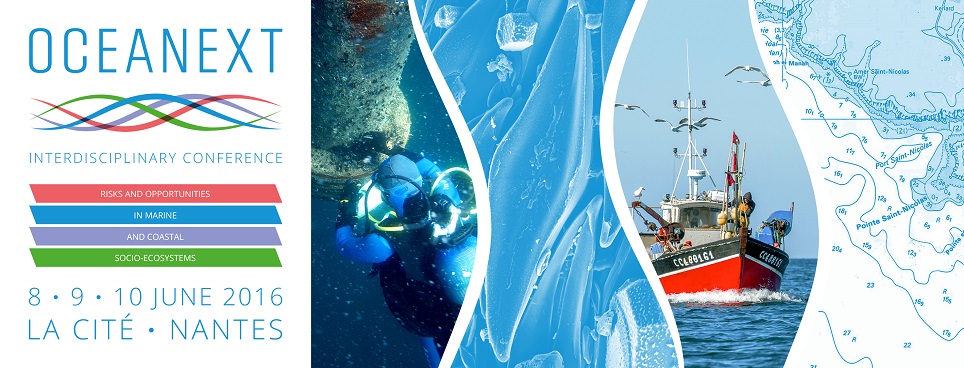Since the mid-2000s, the French oyster industry has faced hazards of various origins. The results of a field survey conducted under an ANR Agrobiosphère program (entitled “Gigassat”) have highlighted productive changes in the oyster farming industry in the bay of Bourgneuf and the Mor Braz area (south of Brittany). Beyond this observation, one may wonder to what extent technological and biotechnological developments as well as environmental risks participate in the reorganization of production. In order to study this dynamic, we have relied on the theoretical concept of Porter's value chain (1986) in the context of a value chain analysis.
The survey covered different topics such as the perception of oysters mortality causes, adaptation strategies in terms of supply, abandonment of offshore farming areas in favour of foreshore areas and economic performance in oyster farming. The analysis of oyster farmers' operational activities raises questions about the existence of various types of value chains at the beginning of the period, which should be seen in the context of technological innovation, natural advantages and interactions with other actors. The survey also shows that in a context of sanitary crisis, some oyster farmers question the configuration of their value chain from a survival perspective whereas others maintain it. This work contributes to the identification and characterization of the various trajectories adopted by farms within the same sector in the face of environmental changes.

 PDF version
PDF version
